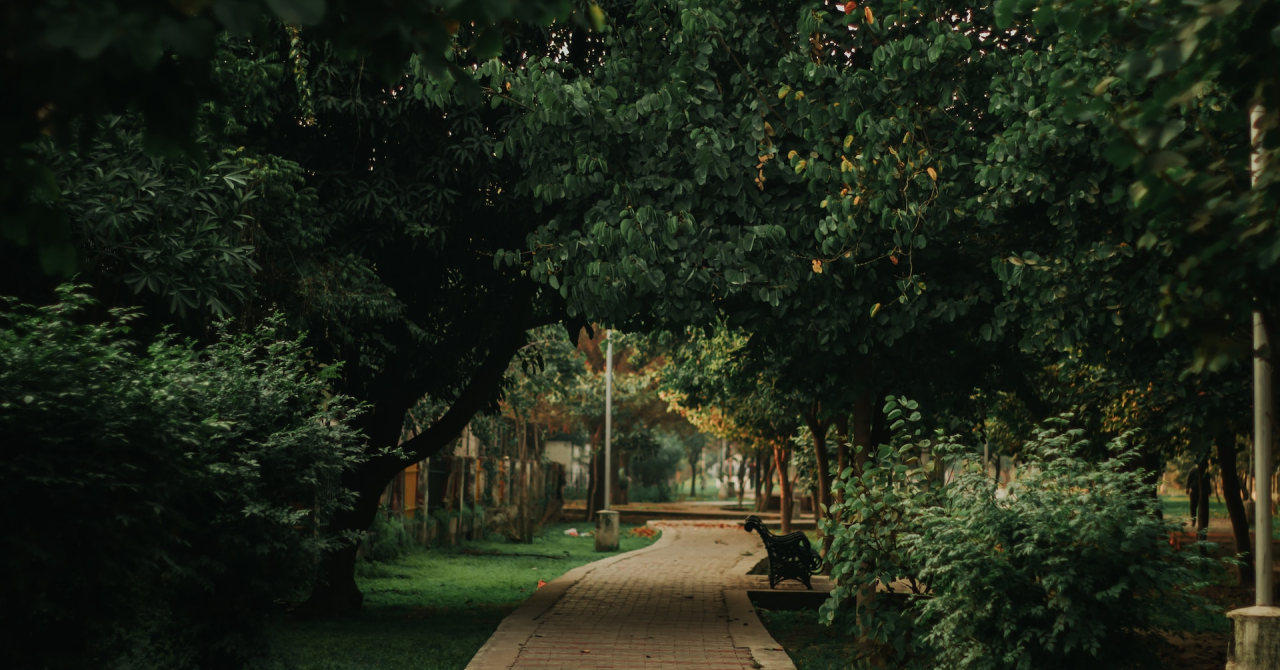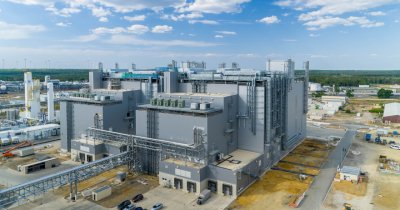According to Euronews.green, Spanish and American researchers, who co-lead the study, were able to determine that those who generally live or spend a lot of time in green spaces, are two and a half years younger than people who don't.
Kyeezu Kim, the study’s lead author, said that "living near more greenness can help you be younger than your actual age."
"We believe our findings have significant implications for urban planning in terms of expanding green infrastructure to promote public health and reduce health disparities", he added.
It all has to do with a shift in our DNA's chemistry, researchers say, a chemical process called "methylation". This process, which changes as we age, can be used to determine someone's biological age and scientists can use it for even more meaningful purposes, such as determining the risk of developing certain diseases.
The study spanned over two decades and Dr Kim and his team monitored people living at 924 different addresses in four US cities. Between 1986 and 2006, they examined how closely these people lived with regards to parks and green spaces, in general. Using blood samples and different variation factors, such as smoking, education and income, they were able to determine the subjects' ageing patterns and how nature exposure could interfere with it.
People whose homes were surrounded by 30% green space within 5 kilometers were 2.5 years younger than those who had only 20% green space in their surrounding areas.
More frequent social interactions and physical activities also played a part in staying younger, scientists claimed.
Green spaces in cities have other advantages, as well, such as providing better air quality, reducing the risk of flooding during more powerful rains and even provide sun cover and cooler air.
Dr Mirjam Schindler, lecturer at Victoria University of Wellington, stated that "this study provides valuable insights that urban planners and decision-makers need to take note of, especially in the ongoing discussions on housing strategies."
Since over 50% of the world's population currently lives in cities and by 2050, 68% of the planet's humans are expected to live in urban areas, planning areas with rich-vegetation is critical for our health and our well-being.
 Mihai - Cristian Ioniță
Mihai - Cristian Ioniță












Any thoughts?